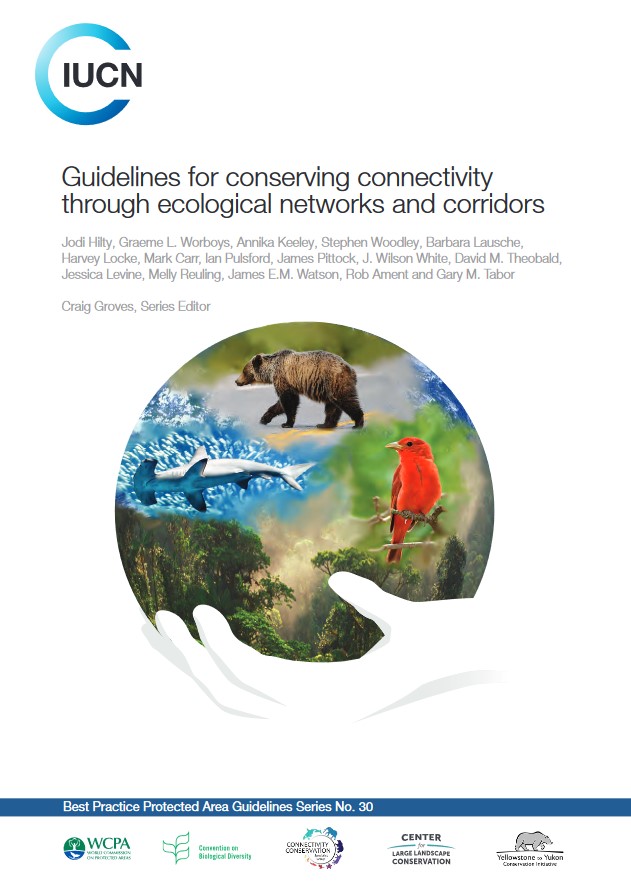IUCN Guidelines for Ecological Corridors
Oulanka River connecting Finland and Russia (c) Metsähallitus Parks & Wildlife Finland
With biodiversity loss at an all time high, it is time that we restore and reconnect nature. The International Union for Conservation of Nature & the World Commission on Protected Areas has published a new Best Practice Protected Area Guideline on “Conserving connectivity through ecological networks and corridors”.
EUROPARC has long recognized the importance of ecological corridors for effective and healthy natural areas in Europe. As nature does not stop at borders, here international cooperation is especially important. EUROPARC’s Transboundary Network is a great example of successful international cooperation supporting nature. Check out the toolkit on how transboundary cooperation supports the development of ecological corridors.
IUCN Guidelines for Ecological Corridors
Urbanisation, extensive agriculture, deforestation and other man made influences have caused natural ecosystems to be more and more fragmented, resulting in a high level of biodiversity loss. Now is the time to act. We must maintain and restore ecological connectivity to ensure biological diversity. Everyone on this planet depends on biodiversity for freshwater, food, climate regulation and pollination, underlining the importance of a strong network of green spaces throughout Europe . Additionally, green corridors will give species the opportunity to migrate, allowing them to adapt to climate change.
The importance of well-connected green spaces was also recognized in the EU’s 2030 biodiversity strategy:
“In order to have a truly coherent and resilient Trans-European Nature Network, it will be important to set up ecological corridors to prevent genetic isolation, allow for species migration, and maintain and enhance healthy ecosystems. In this context, investments in green and blue infrastructure and cooperation across borders among Member States should be promoted and supported, including through the European Territorial Cooperation”
– From the European Union Biodiversity Strategy 2030 “Bringing nature back into our lives” under point 2.1

Ecoduct Kikbeek over the E314 (BE) (c) E. Christis. The report states that these structures “are no substitute for an intact landscape but have value in mitigating the effects of fragmentation for many species” (p. 33)
With the importance of these green corridors in mind, the Connectivity Conservation Specialist Group of IUCN’s World Commission on Protected Areas produced the “Guidelines for conserving connectivity through ecological networks and corridors”. These guidelines provide a scientific background on connectivity, as well as a range of case studies from terrestrial, freshwater and marine ecosystems, to provide practical solutions for meeting connectivity challenges.
It is imperative that the world moves toward a coherent global approach for ecological connectivity conservation, and begins to measure and monitor the effectiveness of efforts to protect connectivity and thereby achieve functional ecological networks.
– From Guidelines on conserving connectivity through ecological networks and corridors, page xxi
The time is now for countries to work together on connected green areas throughout Europe, the guidelines produced by IUCN provide a valuable basis on how to implement and restore ecological corridors.
